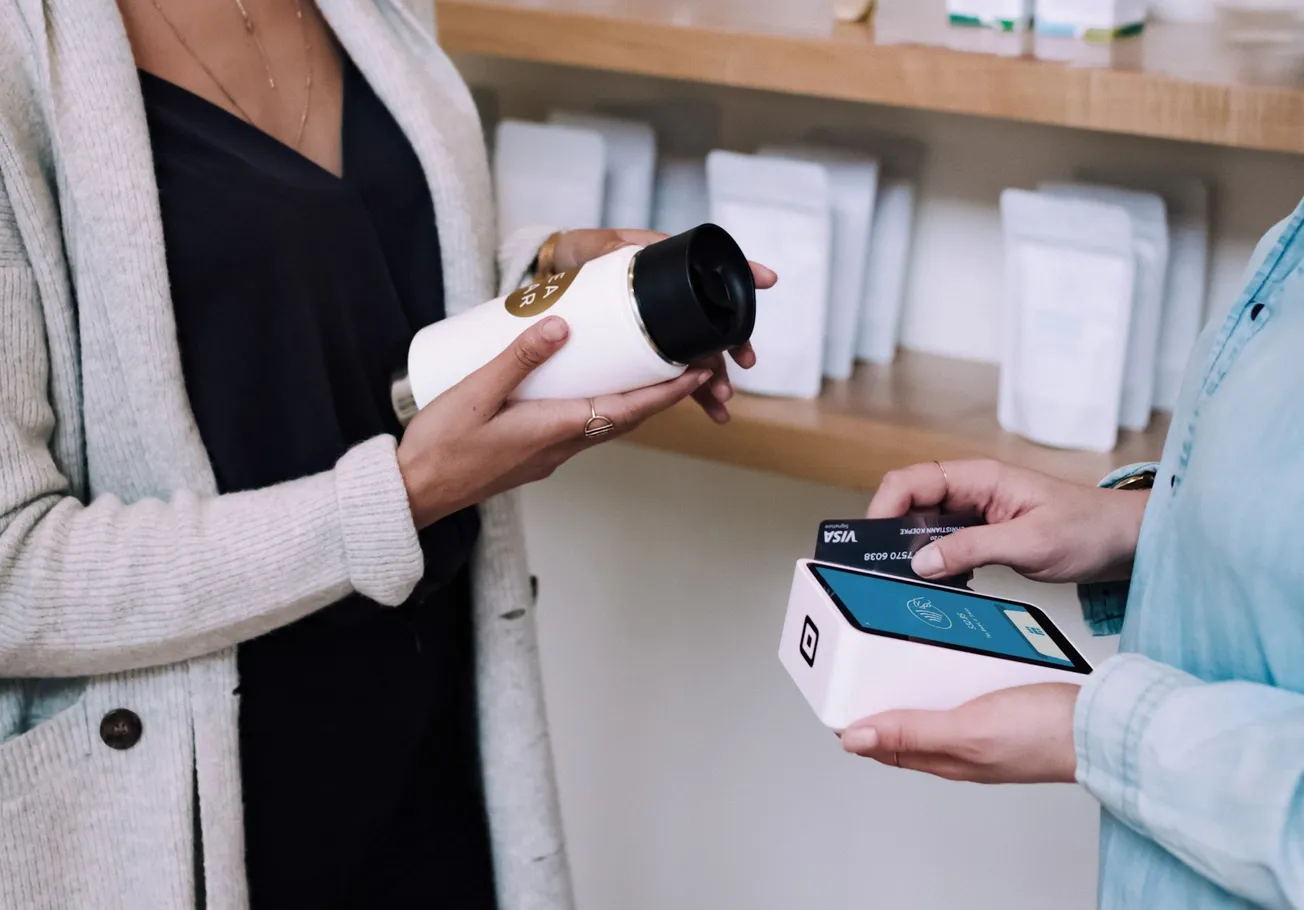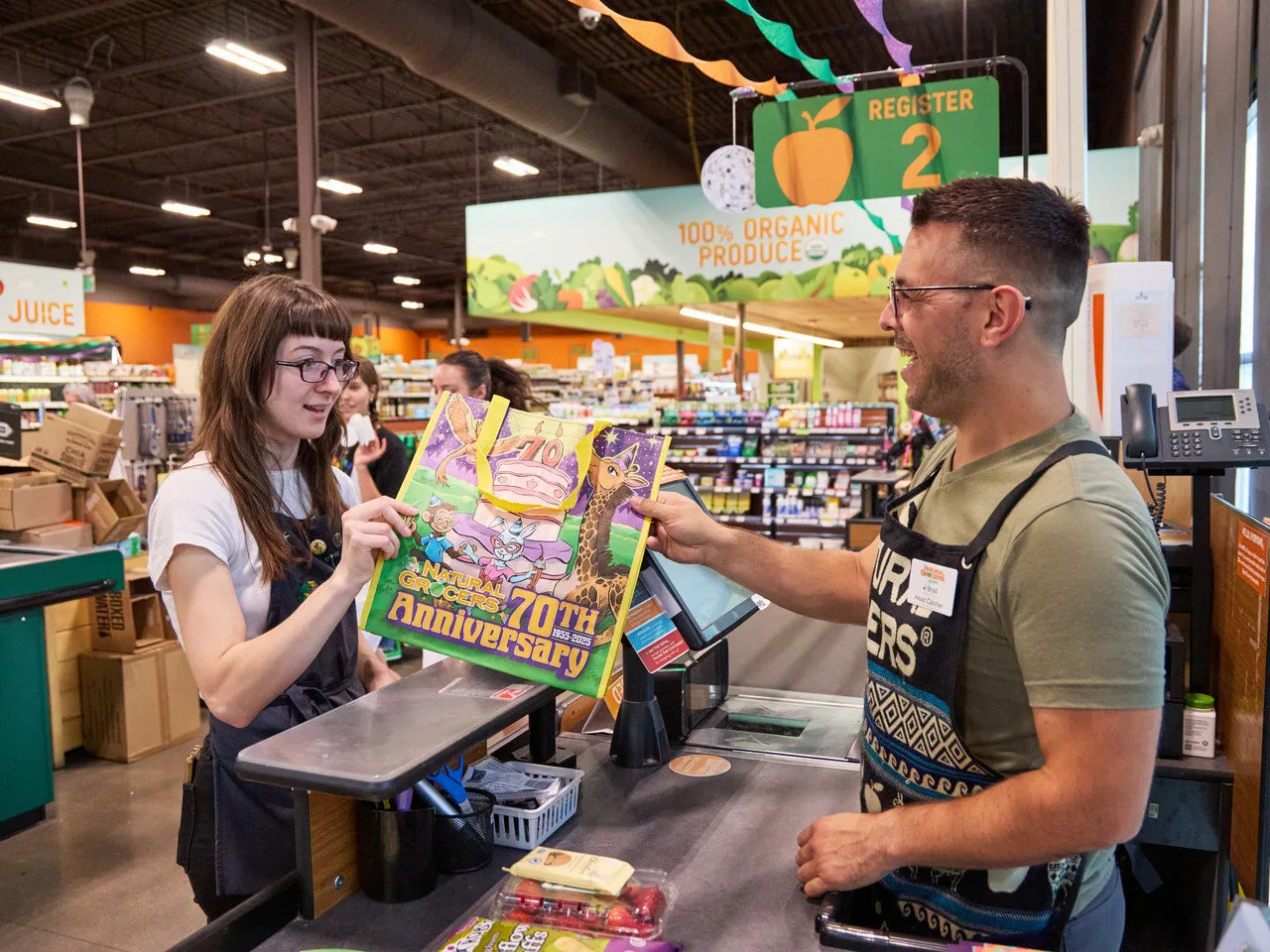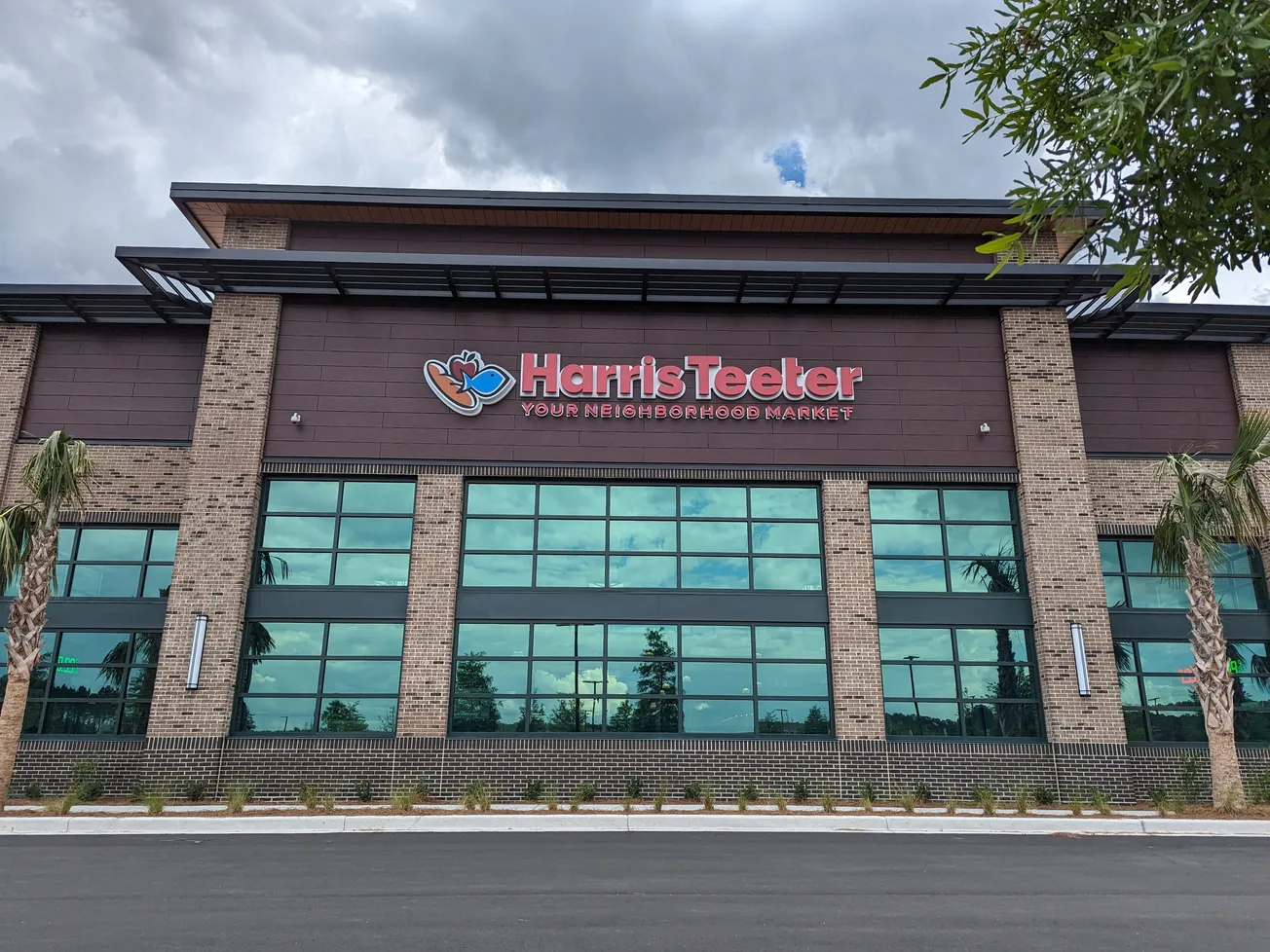Be agile, they say. Ready to turn on a dime, they urge. In the fast-moving retail space where we all operate, it’s become the equivalent of “Just do it,” right? That sounds great in theory, but in a world where trends change faster than you can say, “TikTok viral,” accurate forecasting often feels like trying to hit a moving target. Consumer preferences can shift overnight. Consumer and market data continue to build. Each week seems to bring fresh twists in global and regional issues, potentially impacting supply. And our economic conditions? Well, I don’t have to tell you about that.
With all this unpredictability, one thing is for sure: An advanced forecasting and planning process is an absolute necessity. Forecasting errors can lead to stockouts, lost sales, increased costs, excess inventory and revenue loss. If you’re knee-deep in demand planning, you’re probably nodding your head right now, wondering how to make sense of the chaos around you. Spoiler alert: There is a way out!
Mature demand planning is the key to thriving in the modern omnicommerce landscape. But even the largest companies are struggling to get there. Where to start? Here’s what we advise our clients:
- Shift to Consumption-Based Forecasting — This is a game changer. With a deep understanding of real consumption patterns, you can more accurately predict demand. It’s that simple. Move from merely tracking shipment dollars to analyzing consumption units. Adjust modeling so that it converts to shipments using historical/average ship/share rates. This approach can make a world of difference in helping your organization pivot when the market throws you a curve ball.
- Set a Process to Deliver Intuitive Forecasts and Insights — First, assess your current methods and benchmark against best practices. Where are your gaps? Your pain points? Then develop a forecasting tool with common data feeds, aggregate models and metrics across sales teams. Ensure it summarizes all data from supply chain, finance, and field sales. Missing external demand sources (customer insights, POS data, competitor activity) and internal demand sources (demand history, pricing adjustments) can significantly skew forecasts. Partner with key stakeholders to create a robust by-item and by-retailer forecast. Once in place, make sure you’re continually tracking to identify emerging risks and opportunities.
- Strengthen Stakeholder Engagement and Know-How — Remember, this is not about having a flashy forecasting tool. It’s about getting everyone on the same page with objectives and understanding, while nailing the forecast. Integrate demand planning into the S&OP process. Focus on the “value add” and train on the metrics and how to interpret them. Moving forward, ensure you are embedding key topics in regular forecasting discussions to keep everyone forward-thinking.
- Consider Extending Your Bench — Demand planning is a big deal — it shapes decisions that can make or break your profits. But getting the right mix of people, processes and tools is tough. That’s where expert third-party resources come in, with extra muscle in demand planning, market analysis and predictive analytics. They can create robust forecasting models and internal processes to drive your business forward. Do you need someone to analyze vast data sets of historical data — a critical first step often neglected due to time constraints? Is your team overwhelmed by creating time-consuming but oh-so-important consensus meeting reports? Third-party specialists can free up your internal analysts to focus on your highest-priority projects.
- Embed Analytics in Your Forecasting Tool — Improving the quality of the metrics within your tool will allow you to generate insights without additional steps. You can better track changes over time and adjust in real time. And ultimately, the deep insights gained will enhance your business story.
A quick story for perspective: Recently, a large brand partner was frustrated with a recurring “Groundhog Day” issue, where their sales team would regularly over-deliver on forecasts, leading to excess inventory and customers who would later put the brake on orders until sales caught up. Frustrated to see it happen again and again, they needed some help. By assessing their S&OP process, we pinpointed the root causes and optimized their process and road map — finally breaking the cycle and flipping a sales stall into a lift.
So “Just Do It,” as they say. There’s no doubt that mature demand planning can give you a clear advantage. It’s time to evolve your forecasting approach. You’ve got this!
Jason Reiser is president of Market Performance Group, marketperformancegroup.com.










